
NH Termite Control
What lies beneath…
The eastern subterranean termite is the most common termite found in North America, and the species of termite that occurs and inhabits New Hampshire.
Synonymous with structural damage, the termite poses one of the biggest threats to homes and structures throughout New England. While their presence in New Hampshire is limited, they are both abundant and destructive in many parts of the state.
The front view of a “worker” Eastern Subterranean Termite (Reticulitermes flavipes). (Photo | USGS)
Why Here?
Eastern Subterranean Termites feed on cellulose material - found in wood. These materials include paper, books, cotton, and most importantly - the structural wood in buildings. Foraging termites seek out these cellulose materials under ground, constantly fanning out from the colony’s epicenter in search of new sources of food. An established colony can range from 20,000 workers to as high as 5 million workers, with a primary queen of the colony capable of laying 5,000 to 10,000 eggs per day to add to the colony’s total.
Termite colonies consist of a caste system that includes the primary queen, workers (which actually forage and consume wood), soldiers (who defend the colony from intruders), and reproductive “alates” (winged individuals responsible for reproducing and creating new colonies).
Why Monadnock?
Because of their primary existence underground, the successful remediation of termites can’t be addressed with over-the-counter bug sprays, and require treatment programs that focus on attacking termites at their source - the queen and colony.
Finding (and addressing) the source of your termite issue depends greatly on an astute understanding of termite biology and characteristics. Having a seasoned insect pest professional properly identify exactly where termites are causing damage and utilizing a treatment program that impacts the entire colony is paramount to full success and remediation of your termite issue. With over 30 years of termite control experience behind us, we know termites!
Shed wings from termite reproductives, also known as “alates”. (Photo | RCraig09)
Nuisance characteristics:
Common termite issues include (but are not limited to):
The destruction and degradation of important support features of your home.
Damage to structures as a result of foraging, feeding termites.
Continual spread and encroachment of termites into your structure.
The seasonal dispersal of reproductive termites in large numbers, known as a termite “swarm”.
Having trouble with termites? If you live in southern New Hampshire, we’re ready to assist - contact Monadnock Pest & Wildlife today for a worry-free inspection and estimate to assist with evicting termites from your property!
Read More about Termites on our Pest Blog:
Give us a call:
(603)-784-5828
Not much of a phone talker?
Send us a message and we’ll respond to your inquiry shortly.
We check our email messages promptly!
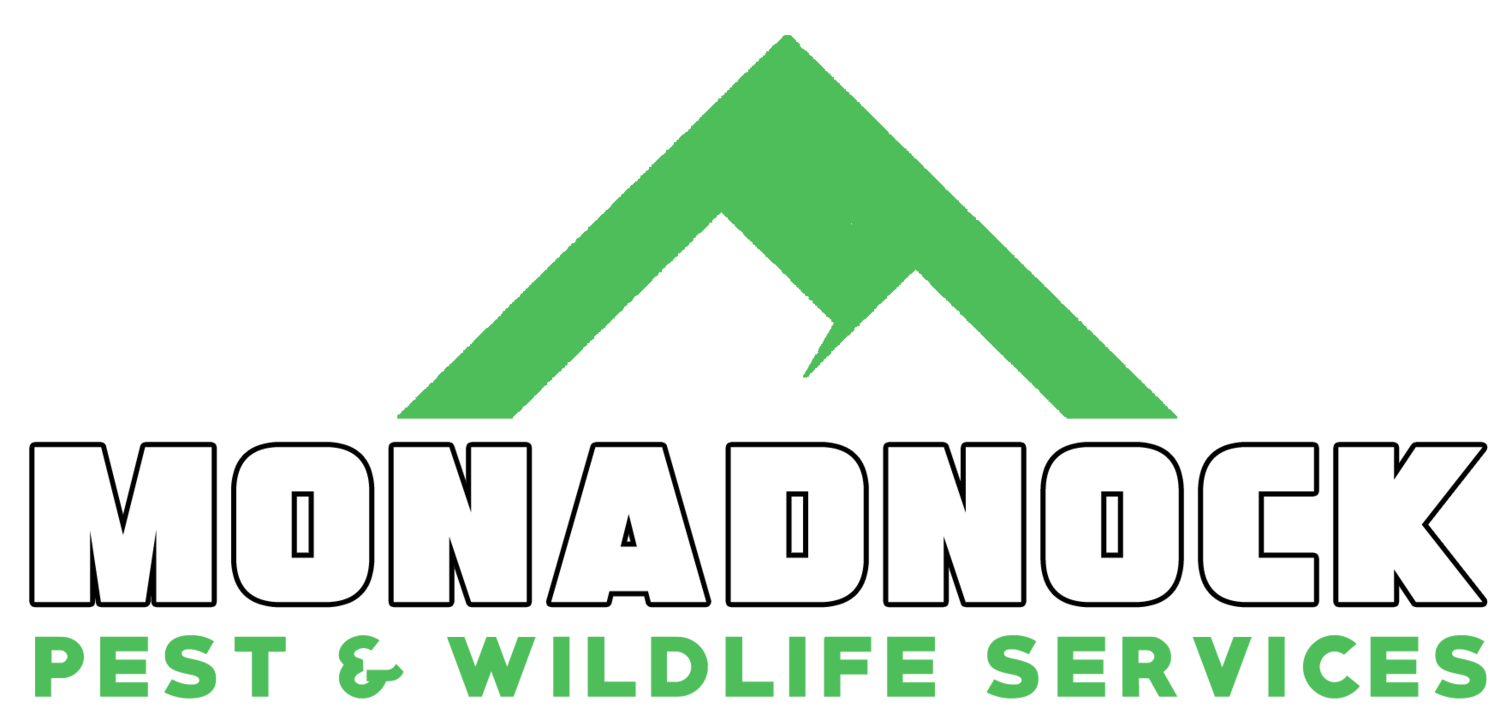
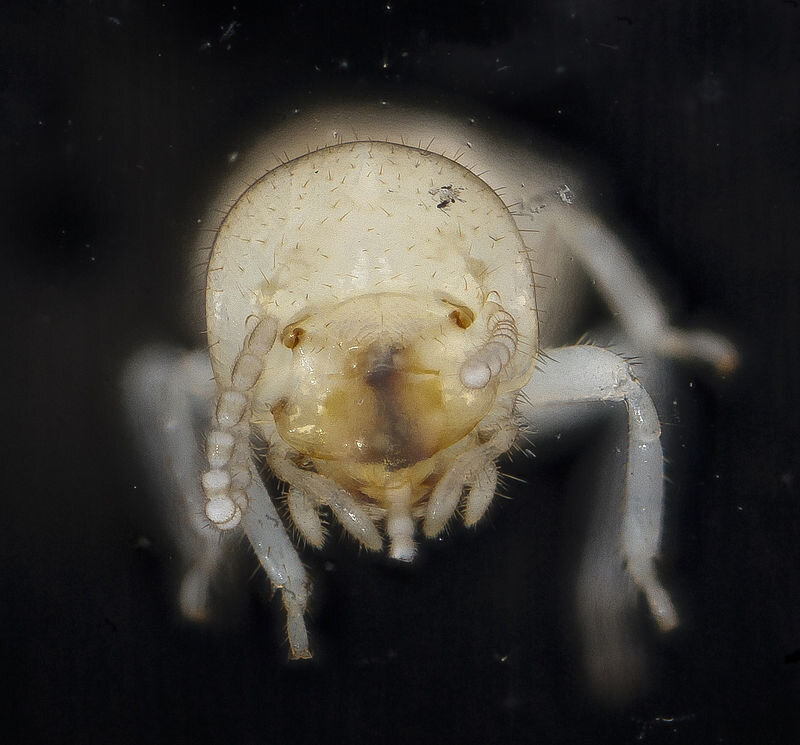
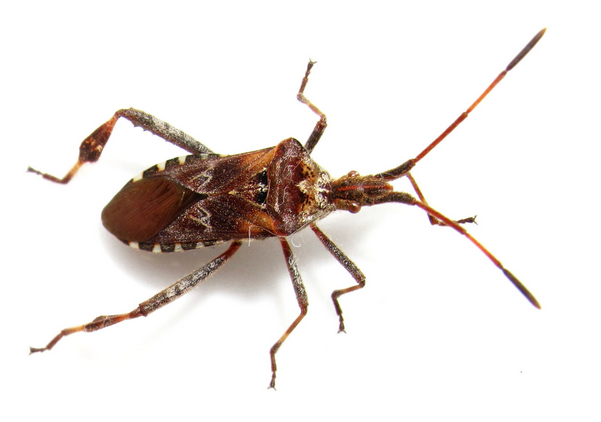



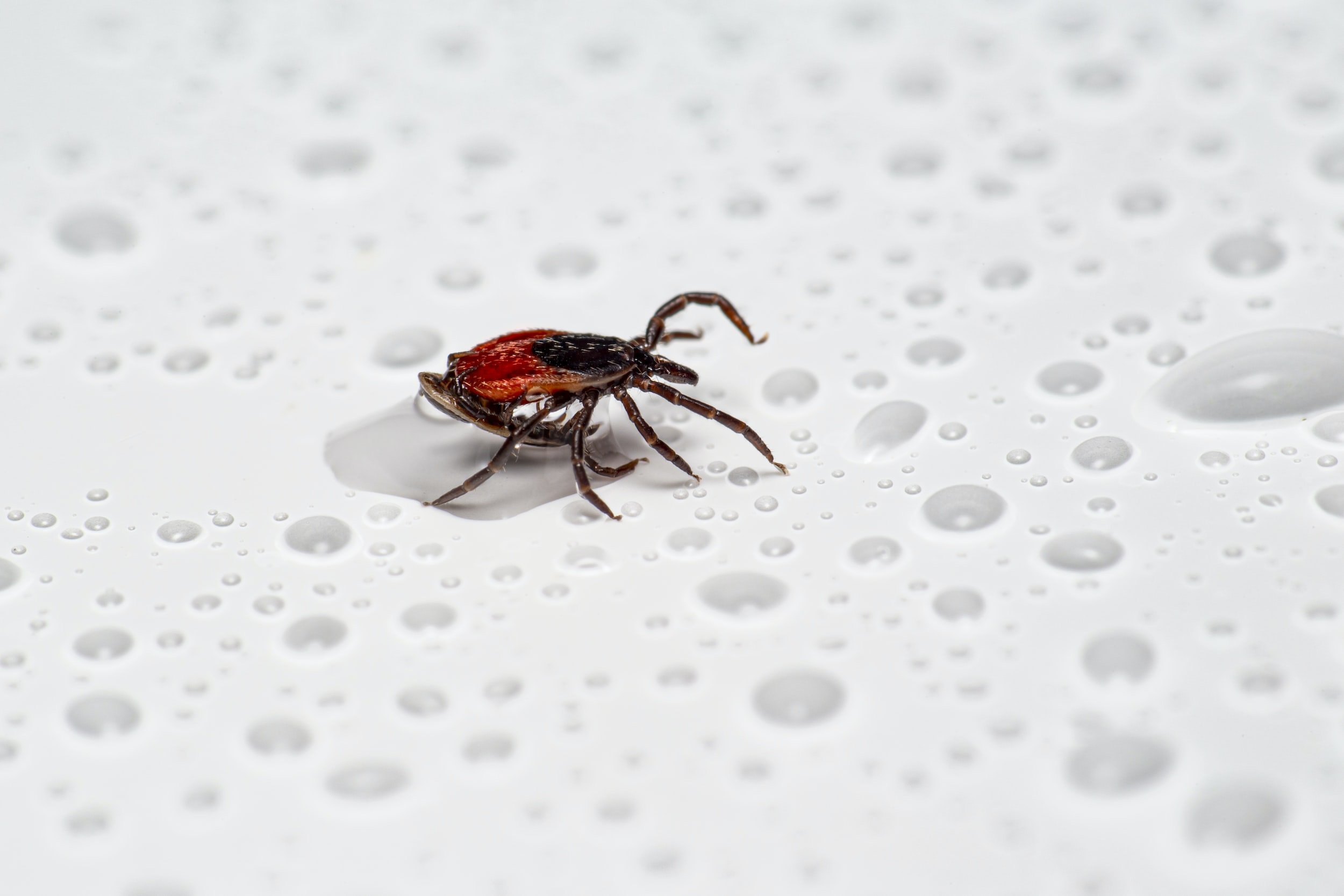
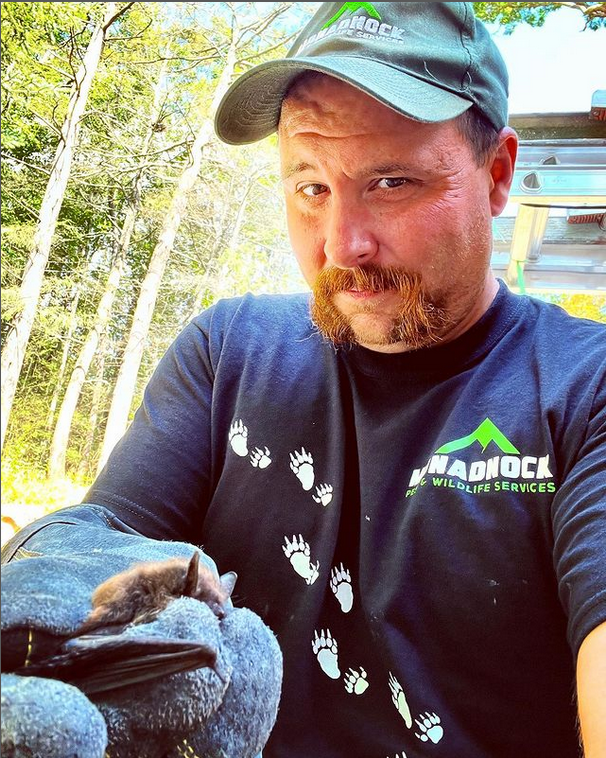
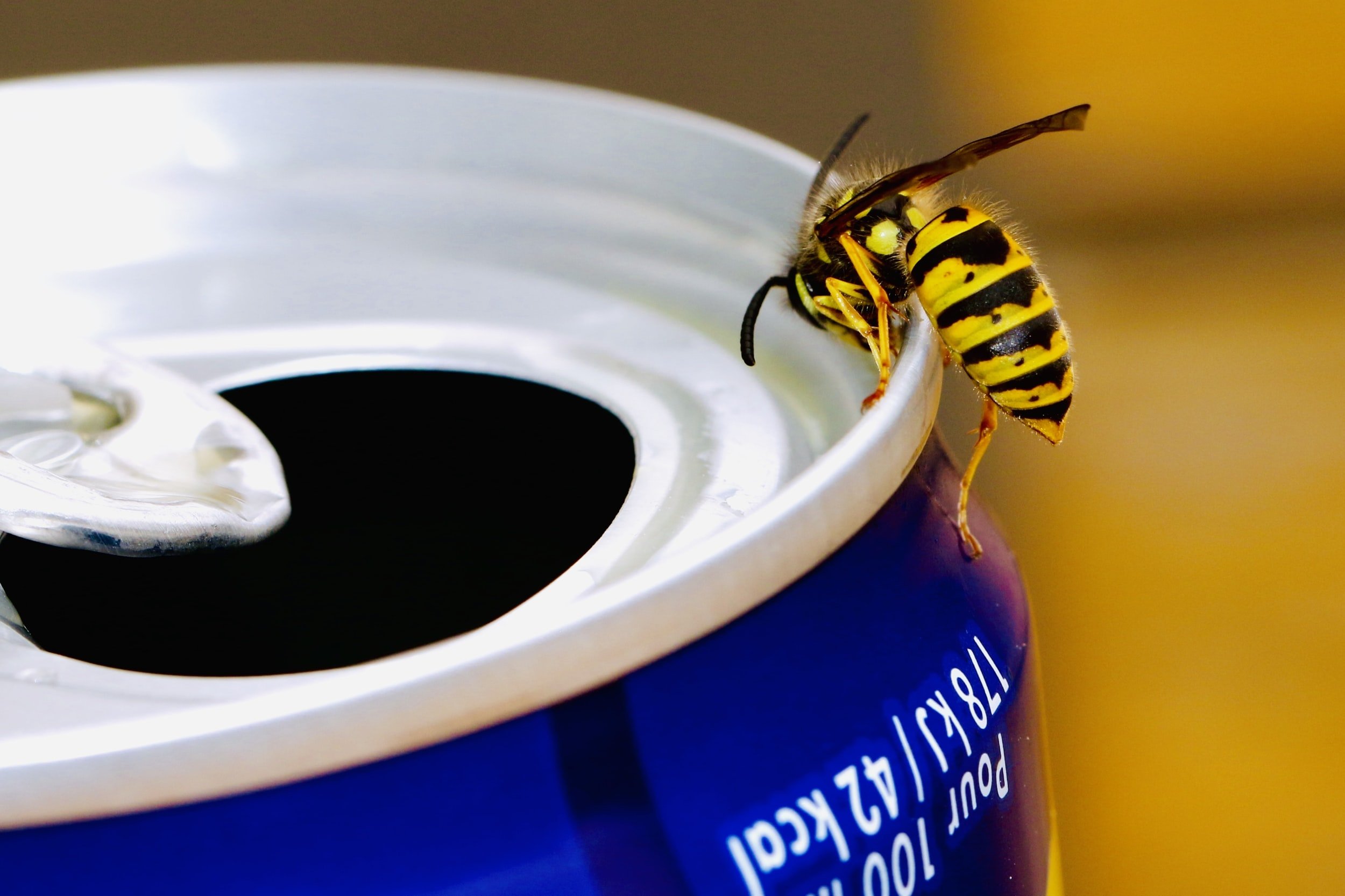


Whether its soiled insulation posing health risks and impacting coveted R-value for home heat efficiency, hazardous electrical wiring gnawed by persistent rodents, or structural damage caused by wood-destroying and boring insects; what you can’t see above you may pose serious problems.